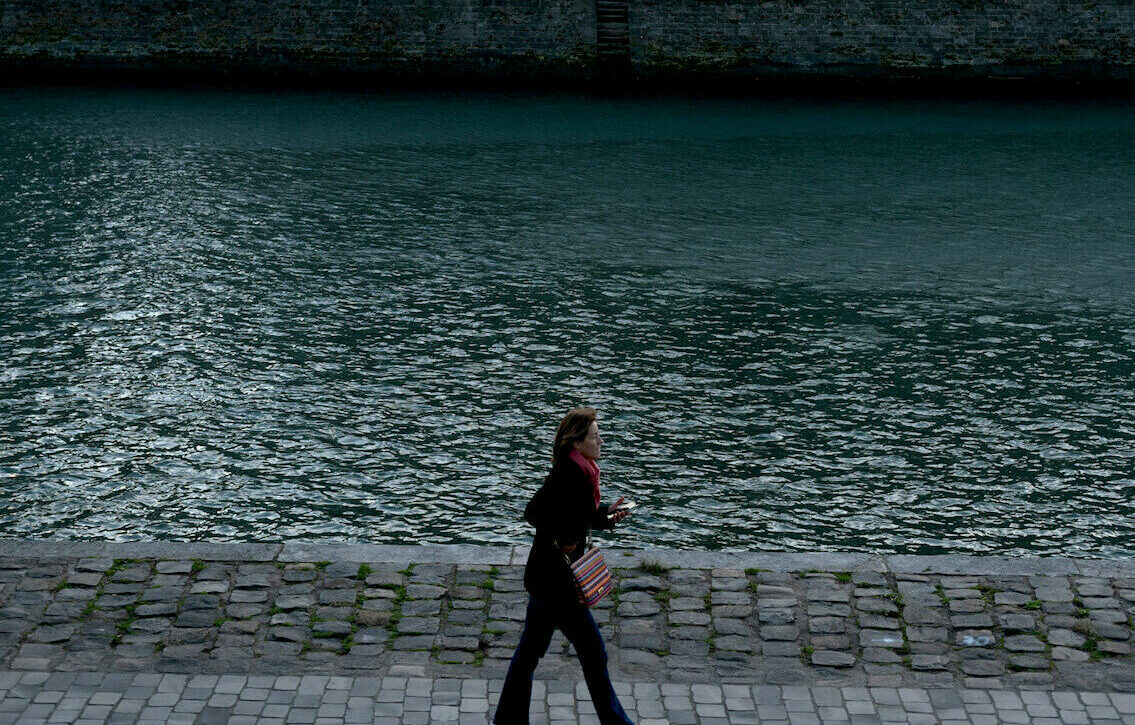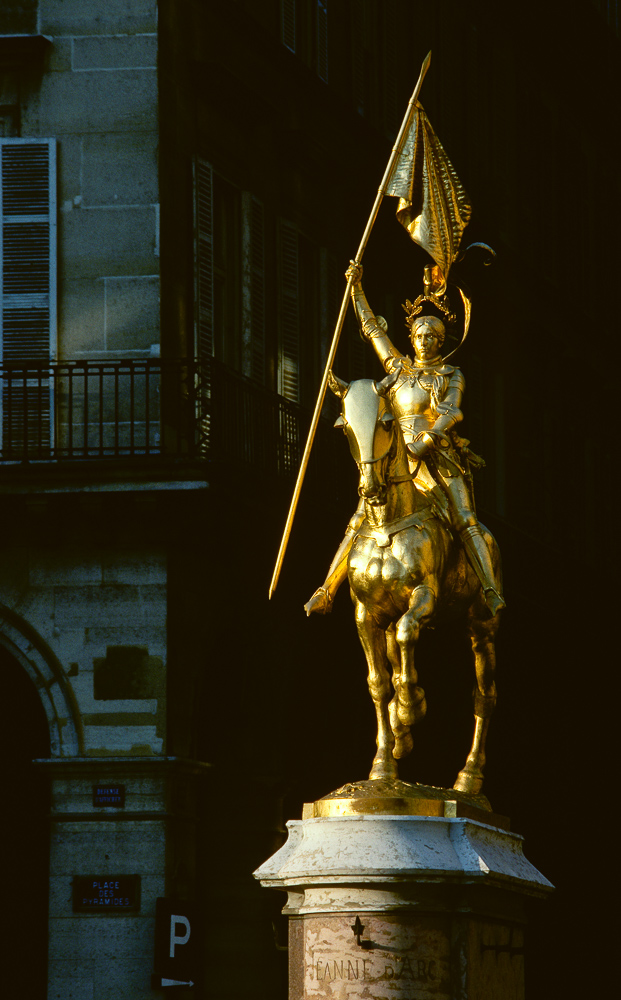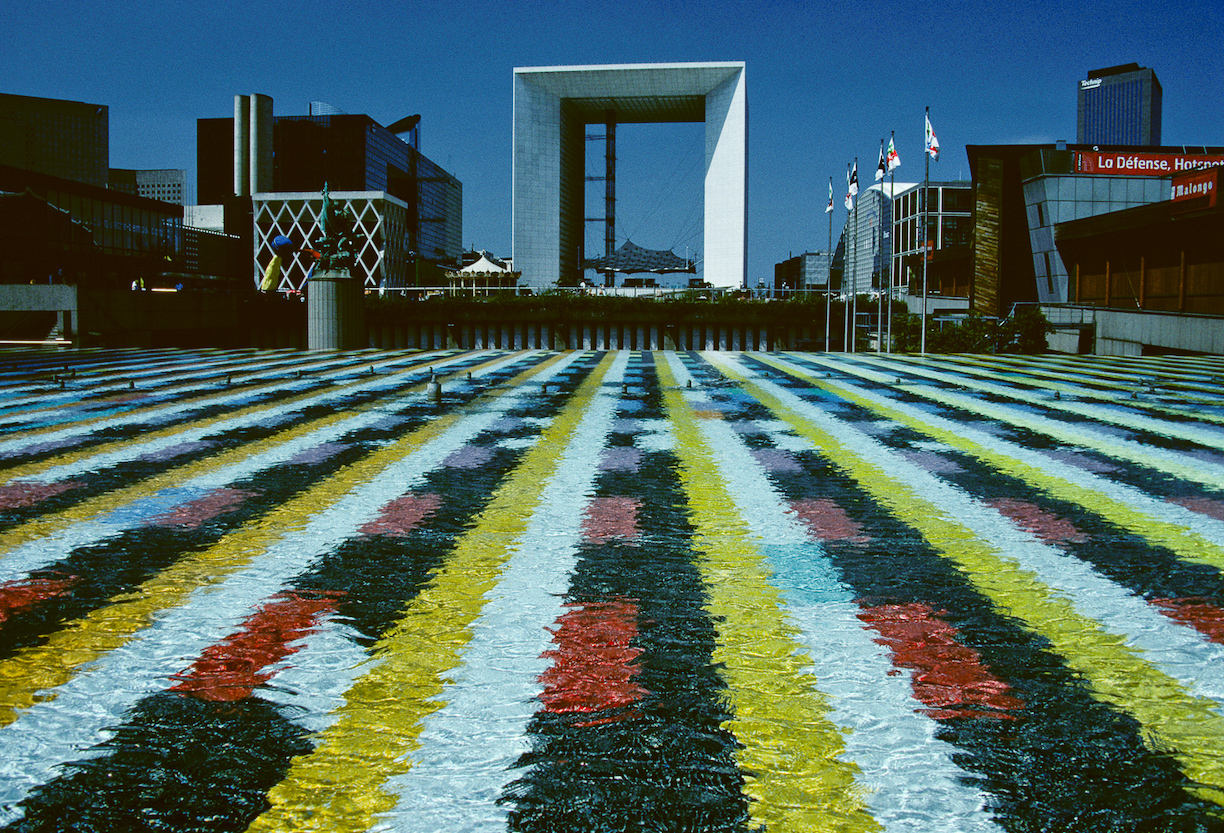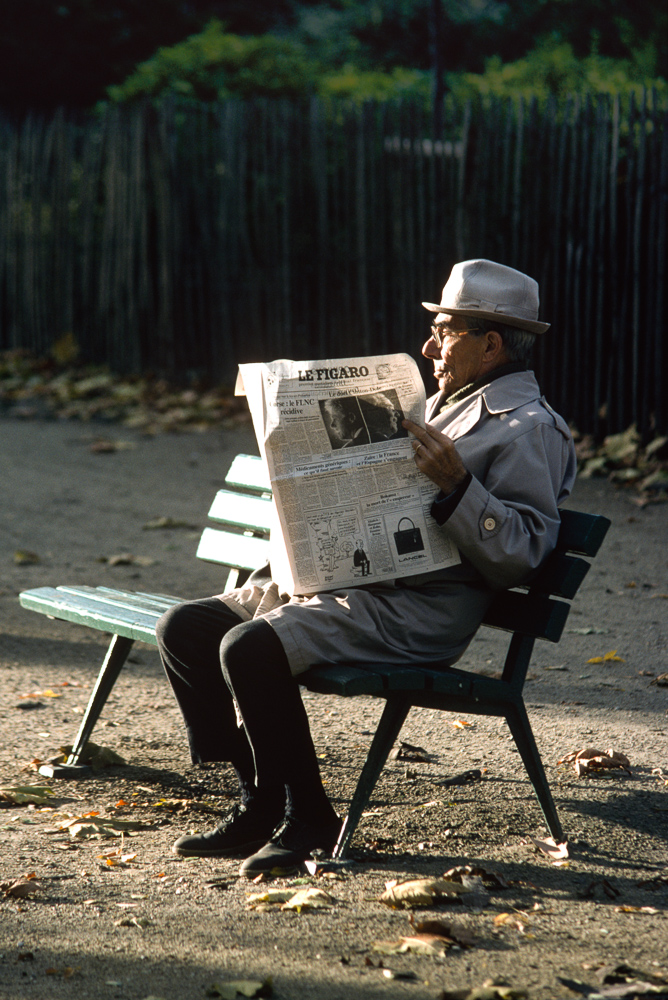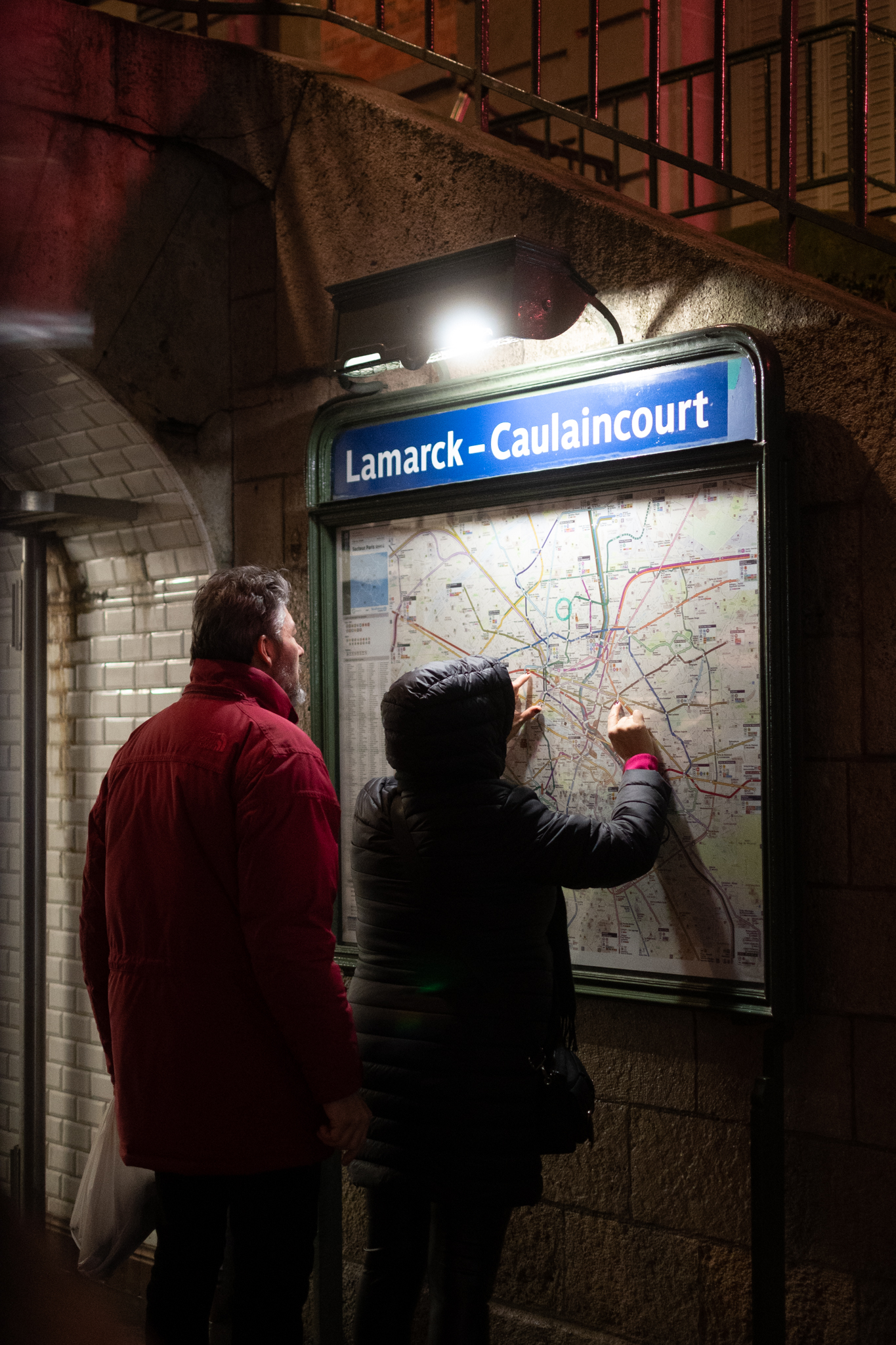Which arrondissement is right for you?

Booking a trip to Paris and wondering where to stay? We get this question all the time, so we decided to create a (not-so-serious) quiz to help you find the perfect place for you. Of course, you can also take the quiz to see if you’re in the right place if you live here or looking for an apartment.
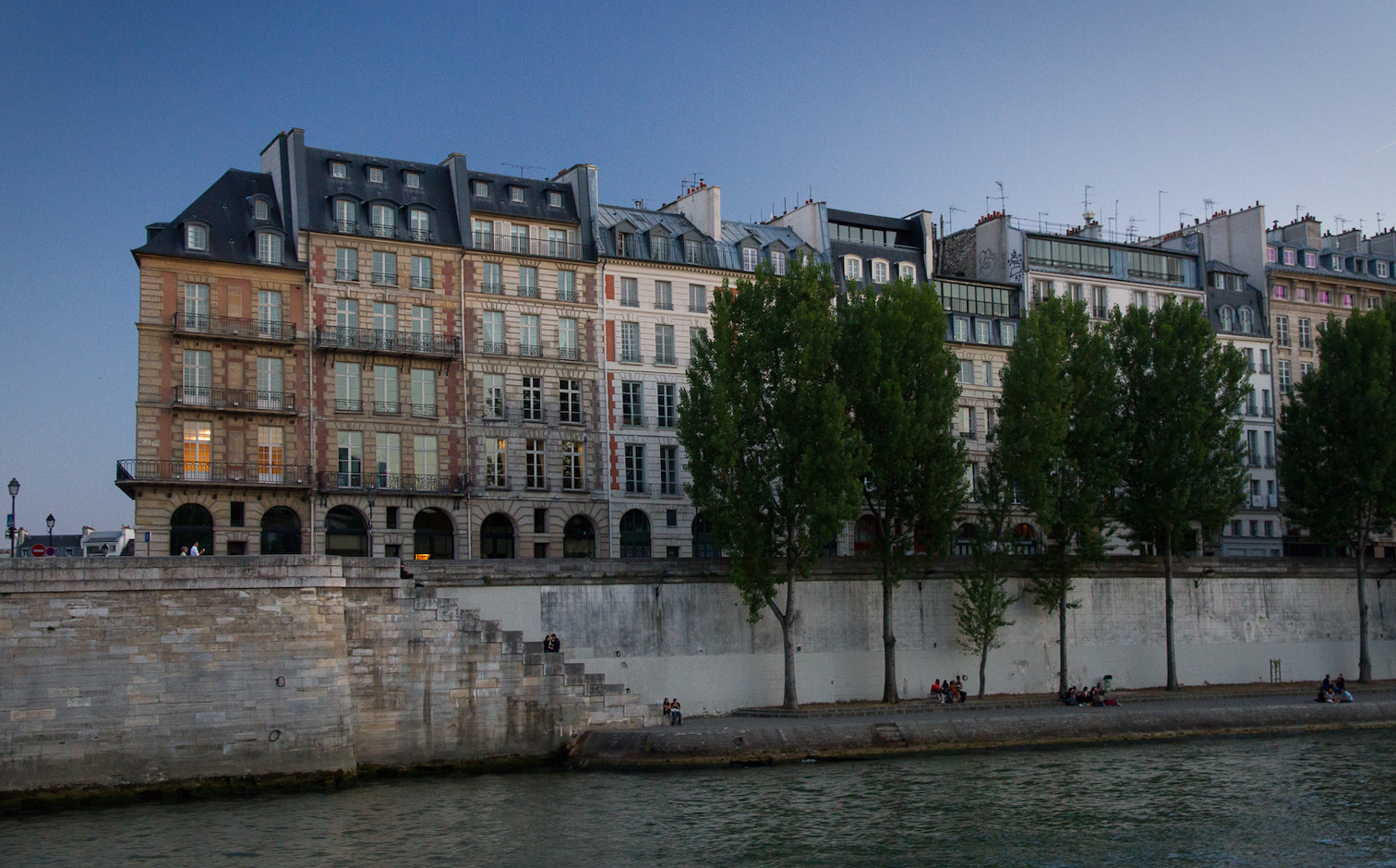
Ask any local and they will tell you that their arrondissement is the only acceptable option. Obviously, their opinion is highly biased, as the arrondissement you live in is automatically the best one. It’s an old Parisian rule. But that’s not very helpful for you, because you want to find a location that matches your vibe.
The trendy 9th arrondissement, the family-friendly 12th arrondissement, the relaxed 14th arrondissement, the chic 7th arrondissement or the bustling city center – which neighborhood suits you best?
PS: If you want to make sure you’ve made the right choice, send us an email and we’ll tell you which location we think is perfect for you.
Do Paris your way
If you don’t just want the best place to stay, but also the best places to go, get your unique travel guide full of personalized recommendations for restaurants, galleries, museums, bars, coffee shops, small boutiques, nightclubs, spas, fun activities and more, all tailored to your tastes.
Overview of the arrondissements
Here are all 20 results, in case you were curious. Or if you don’t trust the accuracy of our quiz. It’s okay, we get it. (yes, we take offense)
1st arrondissement
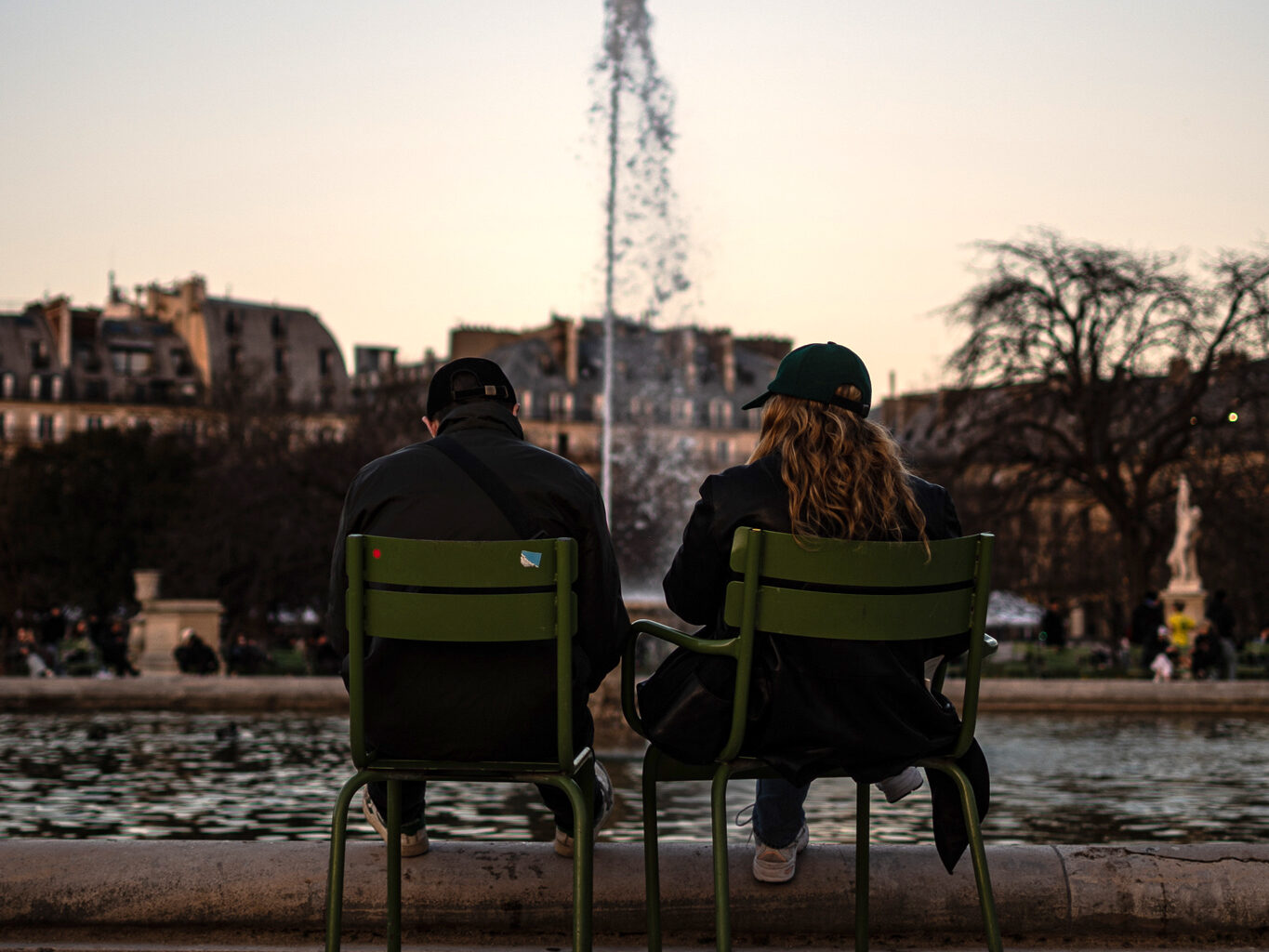
From the Louvre to the Palais Royal, from the Tuileries Gardens to the Rue Saint-Honoré, you appreciate luxury as well as central location. The 1st arrondissement is the perfect place if money is no object and you just want to meet other tourists anyway. All kidding aside, the 1st arrondissement is a good base because you’ll be everywhere else in no time, for example the hip Marais, the calm 7th arrondissement and the lively 2nd arrondissement.
2nd arrondissement
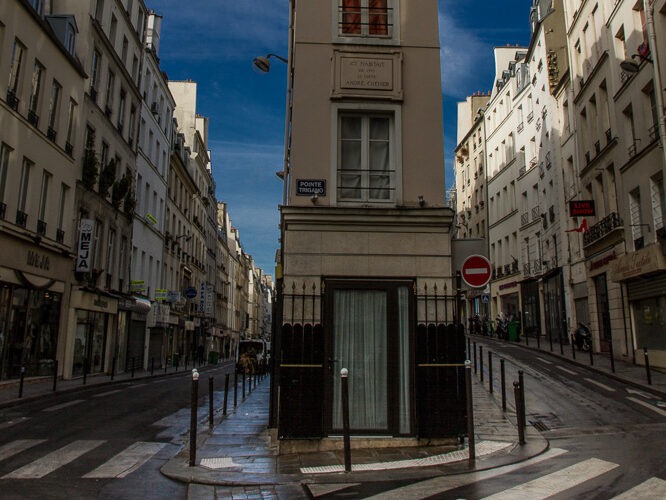
The smallest arrondissement is surprisingly full of cool spots, from innovative eateries to small boutiques. Bordered by the Grands Boulevards and the Place des Victoires, it’s an exciting mix of bourgeois and trendy, combining the best of both worlds. It’s perfect for those who want to take advantage of the nightlife of the neighboring arrondissements without sacrificing a good night’s sleep.
3rd arrondissement

The better, less touristy part of the Marais is full of art galleries, old streets, small boutiques and the occasional flea market. The last few years have also produced a number of great bars. Particularly popular with a fashionable, international crowd, it’s also a great place for people-watching. What’s not to love? Maybe the real estate prices, but that’s such a small detail.
4th arrondissement
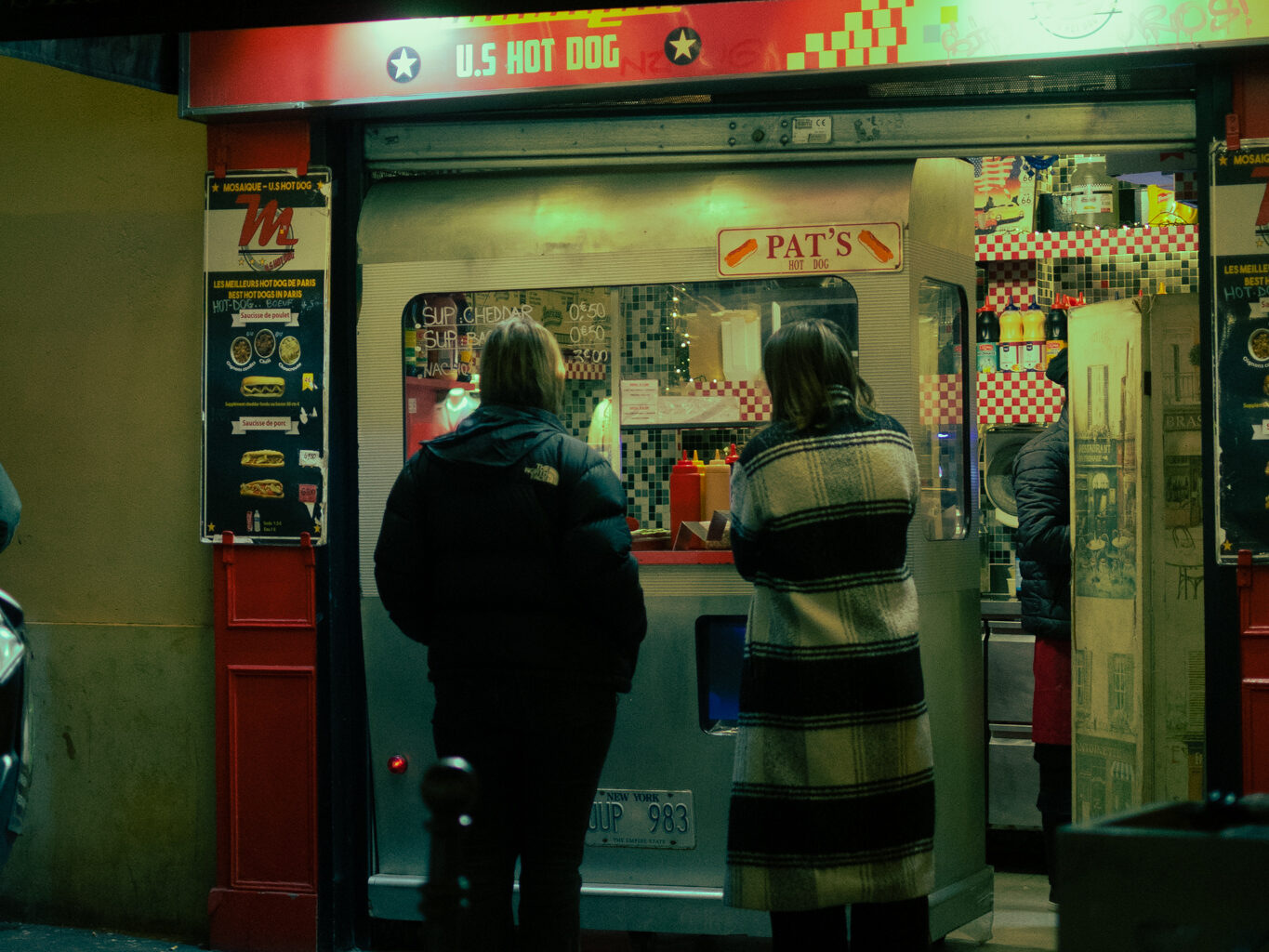
Synagogues meet gay bars and too many tourists: welcome to the 4th arrondissement, which includes not only the lower Marais but also the Ile de la Cité and Saint Louis. Not for those allergic to crowds, but for those who like historic neighborhoods and being within walking distance of almost everything. If you manage to stay in the Quartier Saint Paul, towards the Seine, you have officially won the Paris housing game.
5th arrondissement
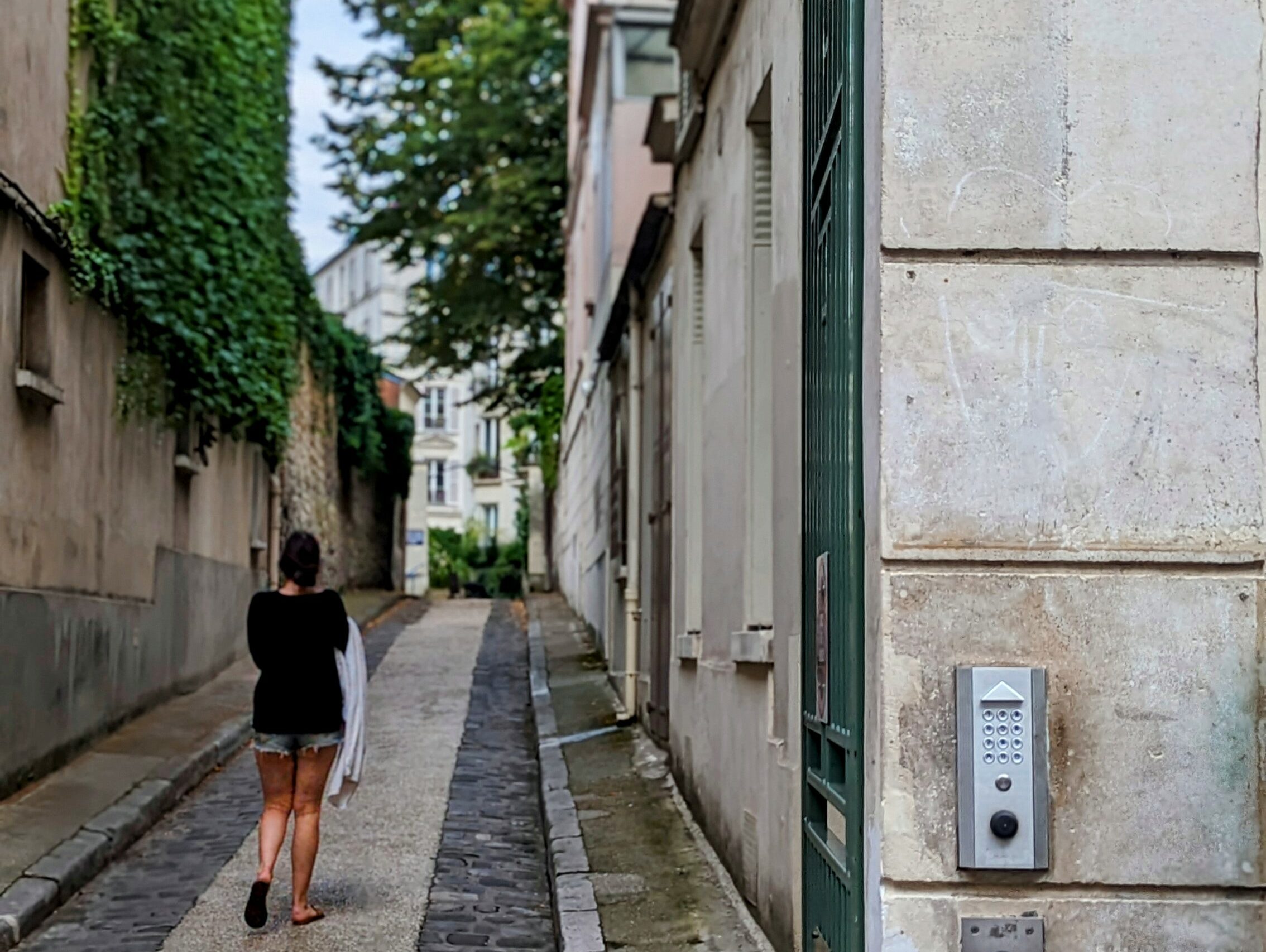
Home to the historic Latin Quarter, the Pantheon and the Sorbonne University, the inhabitants of the 5th arrondissement are either very old or very young. Fans of the lost generation will be thrilled to know that Hemingway’s first apartment was at 74 rue du Cardinal Lemoine. Of course, the neighborhood was poor and rough back then. Now it’s perfectly safe and irresistibly pretty during the day, and either completely dead or trashy at night (unless you like happy hours and student pubs). But its old world charm more than makes up for it.
6th arrondissement

Saint Germain des Prés was once the artistic and literary hotspot of Paris. Today, most local artists live in the east of Paris, largely due to the exorbitant rents in one of the most expensive neighborhoods in the city, but also because the bohemian in bohemian bourgeois, which was often used to describe the district, can now be dropped. Still, the 6th has its charm with small galleries and boutiques and many places that are steeped in history. The legendary jazz clubs of the ’50s have given way to more contemporary nightclubs, and overall it’s a fine neighborhood for those who yearn for the Paris of yesteryear and want to update their social profiles with stereotypical Paris photos.
7th arrondissement

Hyper-touristic around the Eiffel Tower, stiff and boring around the Assemblée Nationale and the neighboring embassies. Still, don’t dismiss the 7th too quickly. Apart from the two areas mentioned above, the district feels more authentic than the neighboring Saint Germain des Prés. There are good places to eat all throughout the 7th, and the area around the Rue du Bac with the Beaupassage and Rue Saint-Dominique could almost be described as fun. It’s basically where the younger generation of bourgeois from the 16th arrondissement move to, and it’s probably the best of the posh arrondissements, because it’s relatively central, safe, and quiet without threatening your will to live with deadly boredom.
8th arrondissement
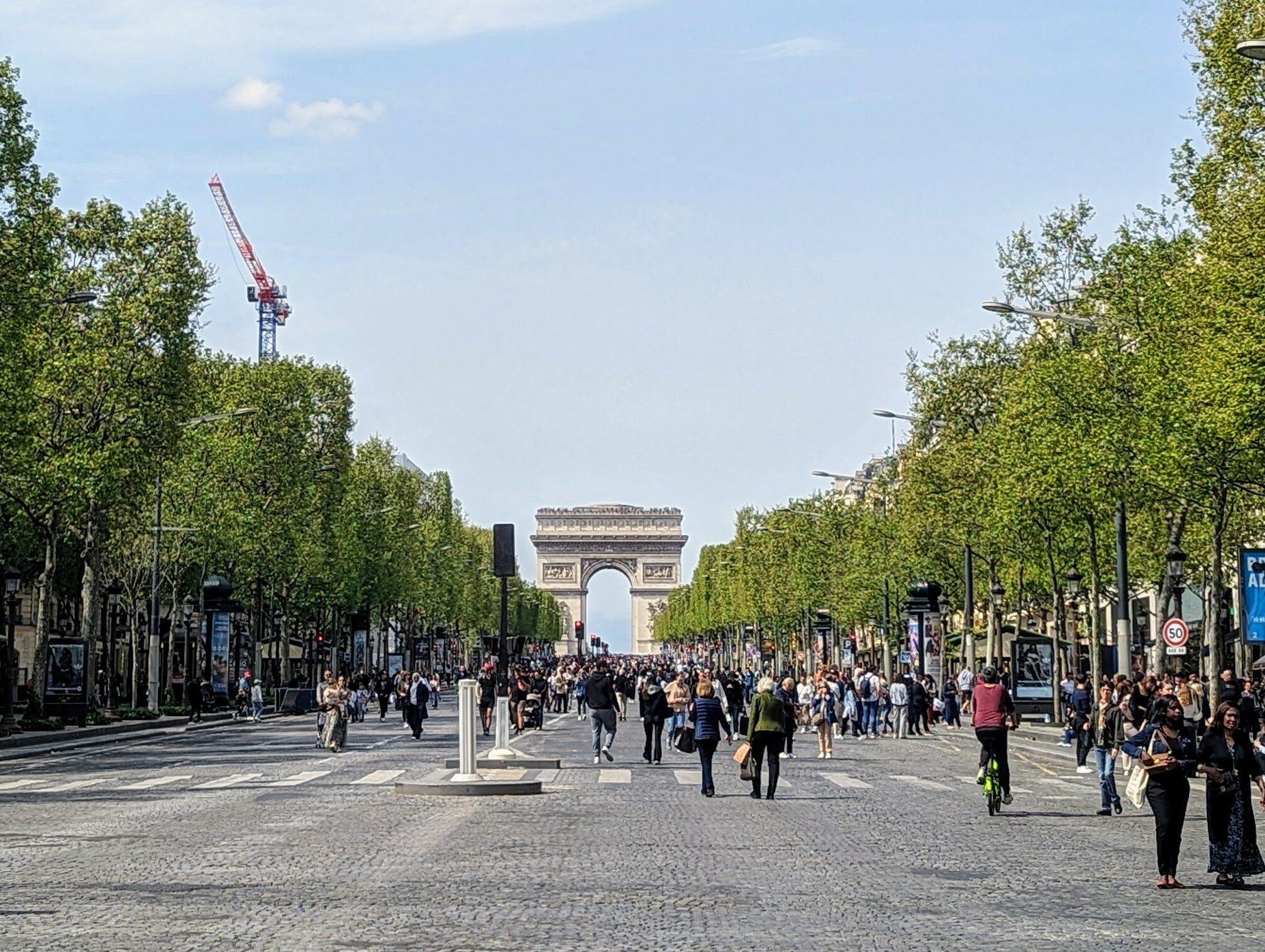
Either you’re trying to become the next president of France, or the two things you value most are luxury and shopping. Either way, you’ll feel right at home in the arguably lamest part of town. Surrounded by offices, designer boutiques, and stupidly overpriced restaurants (and a few nice museums, we’ll give it that), there’s literally nothing to do here but work and shop, which means you’ll have to commute to another district to really have fun. But that shouldn’t be a problem, because if you can afford the prices here, you can definitely afford to skip the metro and take a taxi.
9th arrondissement

The 9th has something for everyone: trendy restaurants and bars for our hipsters, proximity to Montmartre, the Galeries Lafayette and the Opera Garnier for the sightseeing tourist, second-hand shops and small boutiques for our fashionistas, a whole street filled with gourmet shops for the foodies, a theater district and a few galleries for our culture vultures, a thriving nightlife for the club kids and, just a few streets down, a nice and quiet neighborhood for everyone else.
10th arrondissement
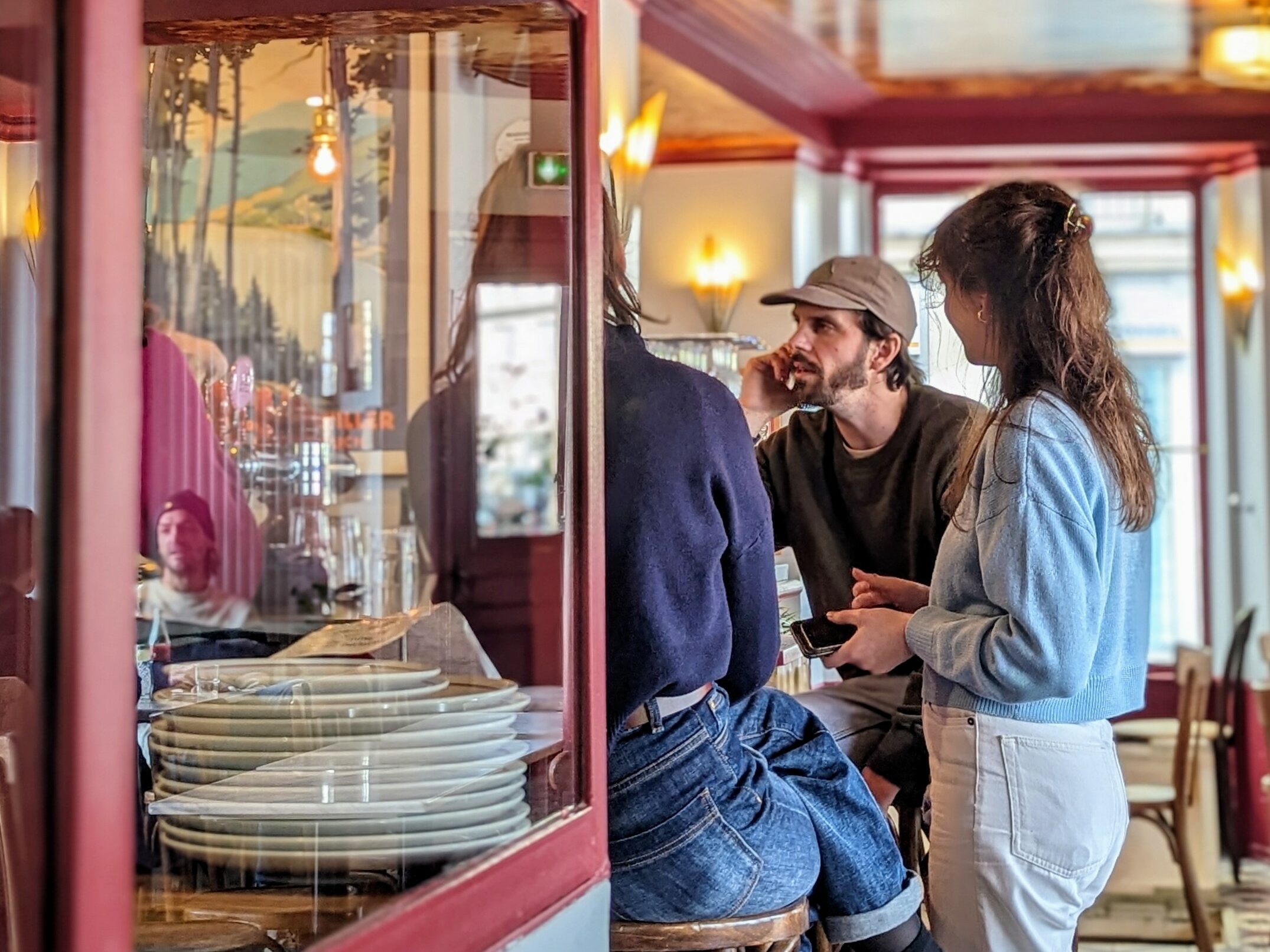
The 10th arrondissement can be a little rough around the two train stations, but you don’t care because you’re either young or hip or you live to party. Leave the Marais to the tourists, you know that everyone who’se anyone (at least in their microcosm) hangs out here. The streets are full of creative people and crackheads, hot new restaurants and third wave coffee shops. And don’t forget the undeniable highlight of the neighborhood, the Canal Saint Martin.
11th arrondissement
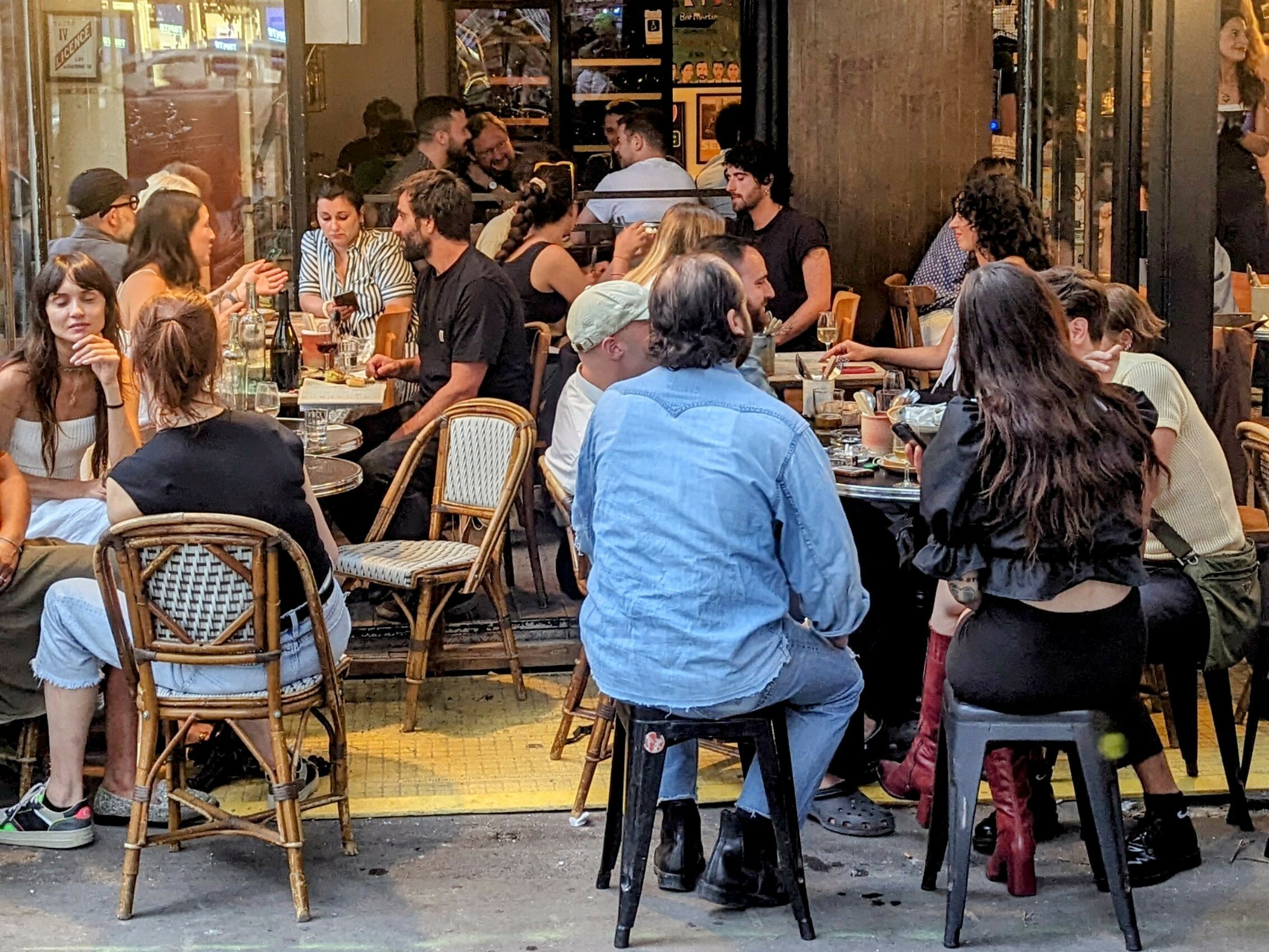
The 11th is at the meeting point of the sickeningly hip, creative districts and the more residential areas. With its typical Parisian character and eco-bobo spirit, it’s especially popular with young people and those who can’t afford an apartment in the Marais. There’s no shortage of super restaurants, bars and shop-till-you-drop boutiques. In fact, the only thing missing are decent green spaces. But who cares when you can just sling your natural fiber tote bag over your shoulder and ride your VanMoof to the nearest park.
12th arrondissement

Regularly at the bottom of polls on the most popular arrondissements, the 12th deserves better. It offers a high quality of life, something not many of the other arrondissements can say of themselves, and has at least two restaurants that are open after 10pm. It is also home to the largest park, the Bois de Vincennes, the most beautiful Parisian train station and, shockingly, one of the best techno nightclubs. If you ignore Bercy, the arrondissement is full of charm.
13th arrondissement
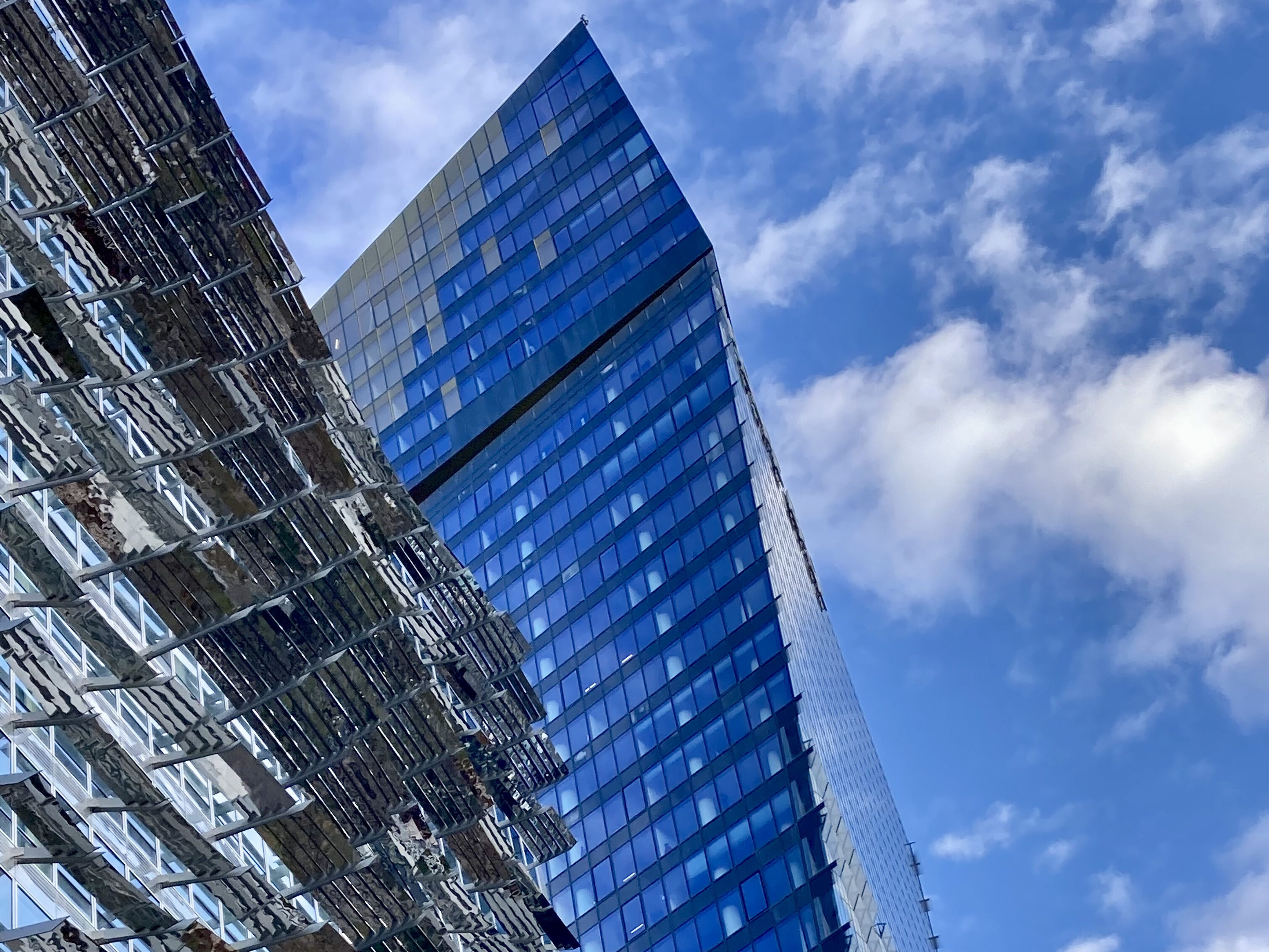
With Chinatown around the Choisy Triangle, the village-like Buttes-aux-Cailles and Little Alsace, the thriving street art scene and the ultra-modern buildings by the Seine, the 13th arrondissement is one of the most diverse in Paris. So never mind that it’s not considered a place to be, or overrun with exclusive events. Instead, there are cheap eateries, colorful Asian food shops, decent galleries and Europe’s largest (but quite mediocre) restaurant.
14th arrondissement
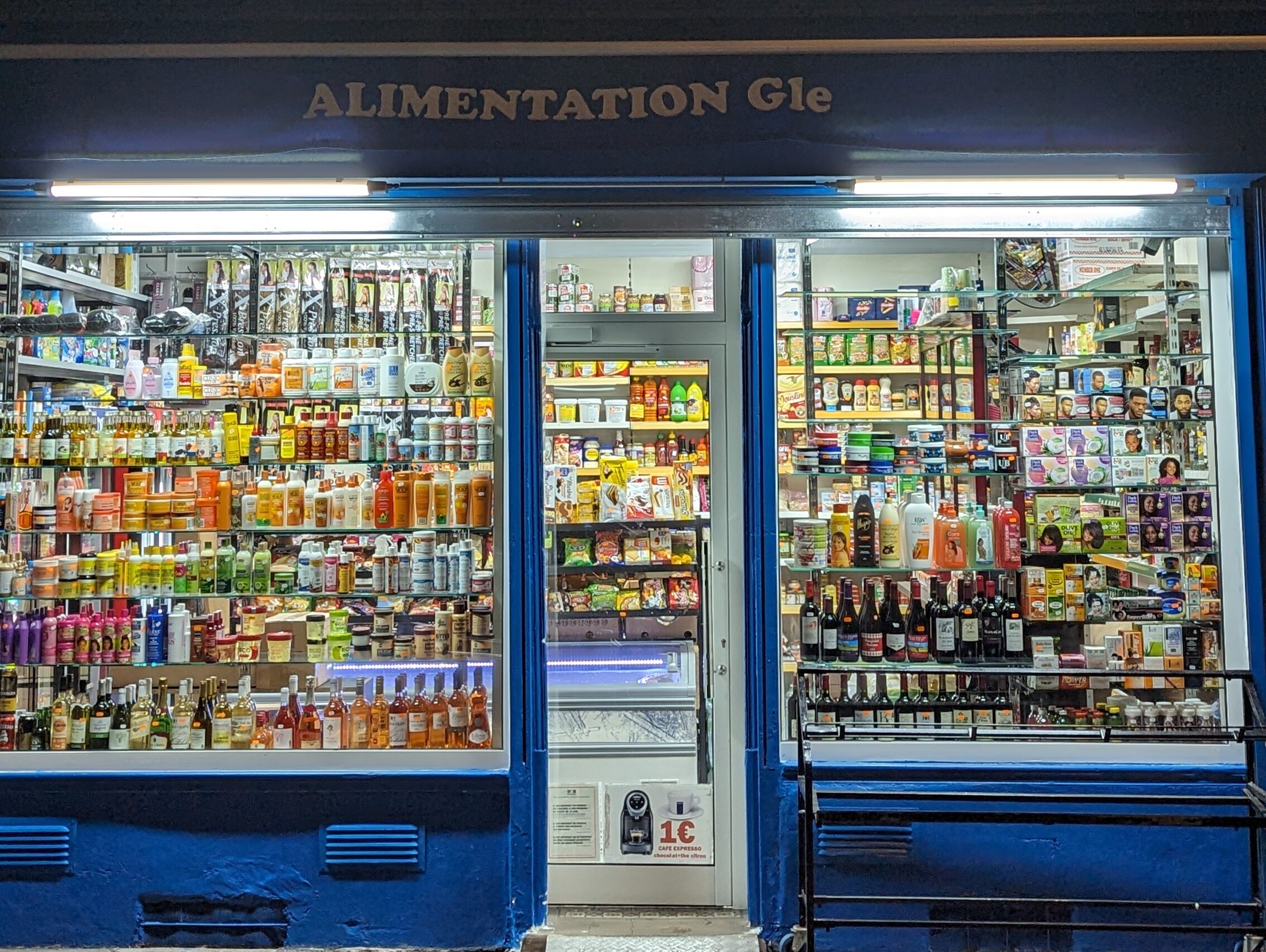
The 14th is basically the left-wing version of the 15th: big, boring, and overall not even that beautiful. But don’t stop reading yet. There are many things to like about this neighbourhood, starting with its residents. They are ordinary, down-to-earth Parisians, not obnoxious hipsters or stuck-up bourgeois. Just people who enjoy a quiet, laid-back life away from the hustle and bustle: meeting their friends at the neighbourhood café, walking down one of the quaint market streets, hanging out in the district’s (great) parks. This is the real Parisian life that Emily could have had if she hadn’t been made out to be a cliché of everything Paris isn’t.
15th arrondissement
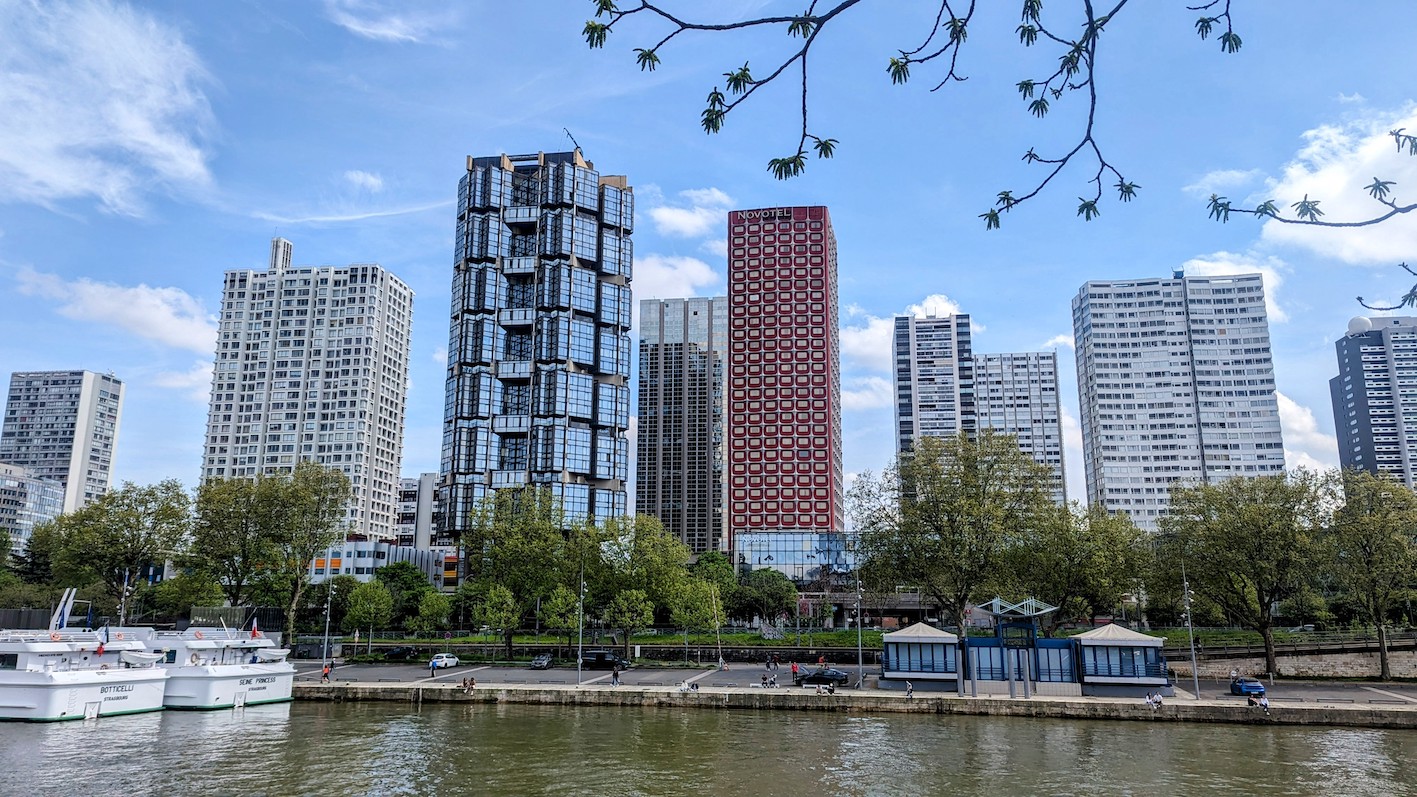
The capital’s largest arrondissement attracts families and Parisians who don’t care too much about having an exciting life. What they do care about is not having to sleep in the shower or share a toilet with their neighbors. Aside from relatively affordable housing, at least for Paris, the 15th offers a safe and friendly, if somewhat conservative, environment. It’s definitely possible to find gems in the neighborhood, too, if you try hard enough.
16th arrondissement

Kudos to you for not being tempted by literally any of the city’s offerings. Fun is overrated anyway, amirite? You’d gladly trade it in for a luxury apartment and the ability to go out at any hour of the night without worry (purely theoretical; there’s literally nowhere to go after 10 pm). Entertainment in the most bourgeois arrondissement means horse racing, golf, tennis and long Sunday lunches at the members-only club. Learn how to cut cheese properly before you go to the latter, or you will be exiled to a neighboring arrondissement. But social anxiety is a small price to pay for beautiful Art Nouveau architecture, a great quality of life, and proximity to some of the city’s best museums.
17th arrondissement
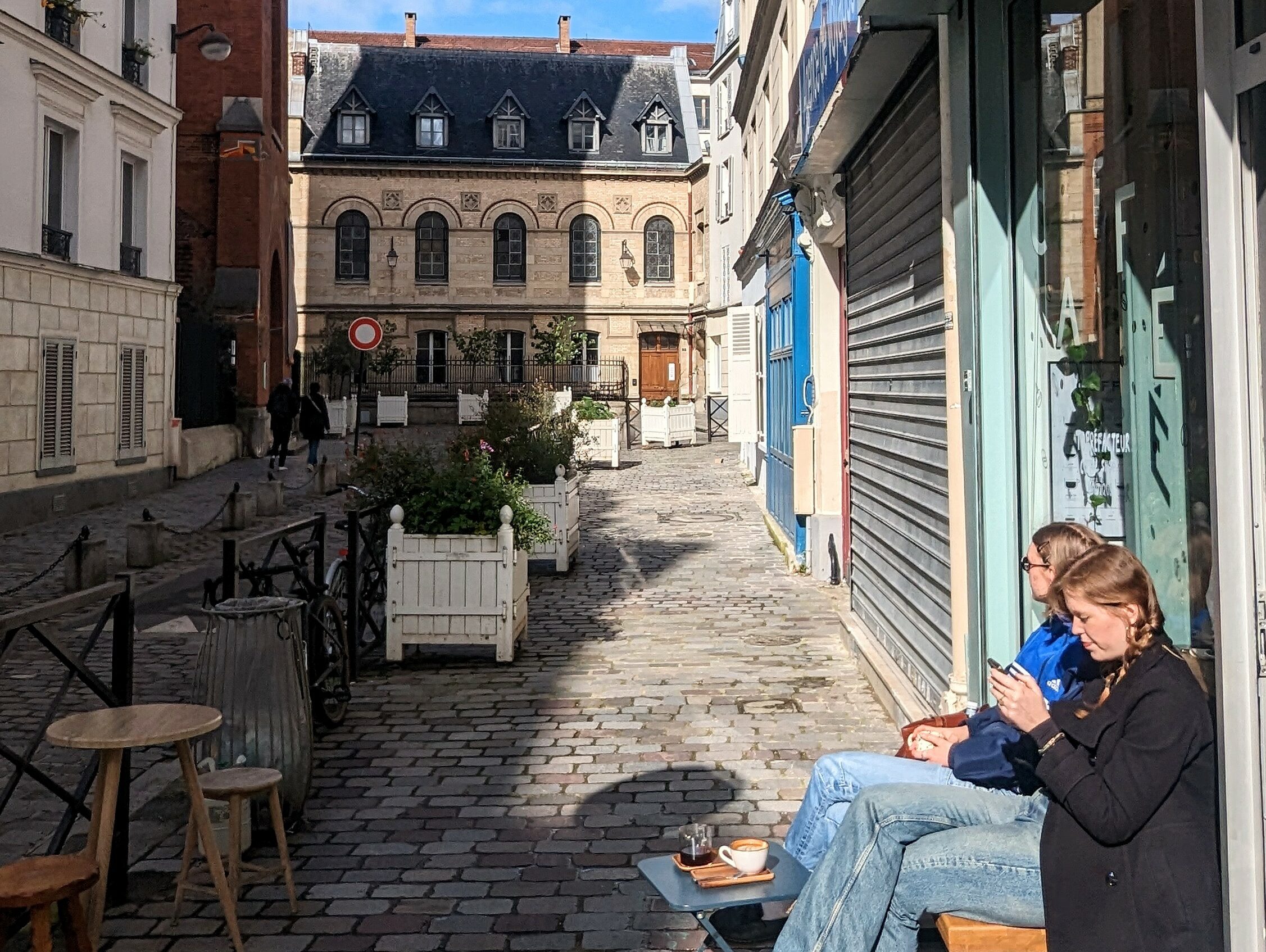
The 17th arrondissement can be divided into three districts: The terrible Ternes, the stuffy Monceau, and the Batignolles, which is basically hipsterland (locally known as boboland) with a designer tag. With its narrow streets teeming with boutiques, wine bars and restaurants, it attracts a financially very comfortable bohemian crowd. It’s the place to be for those who want to be safe and cushy, but still want a minimum of vibrancy and charm.
18th arrondissement
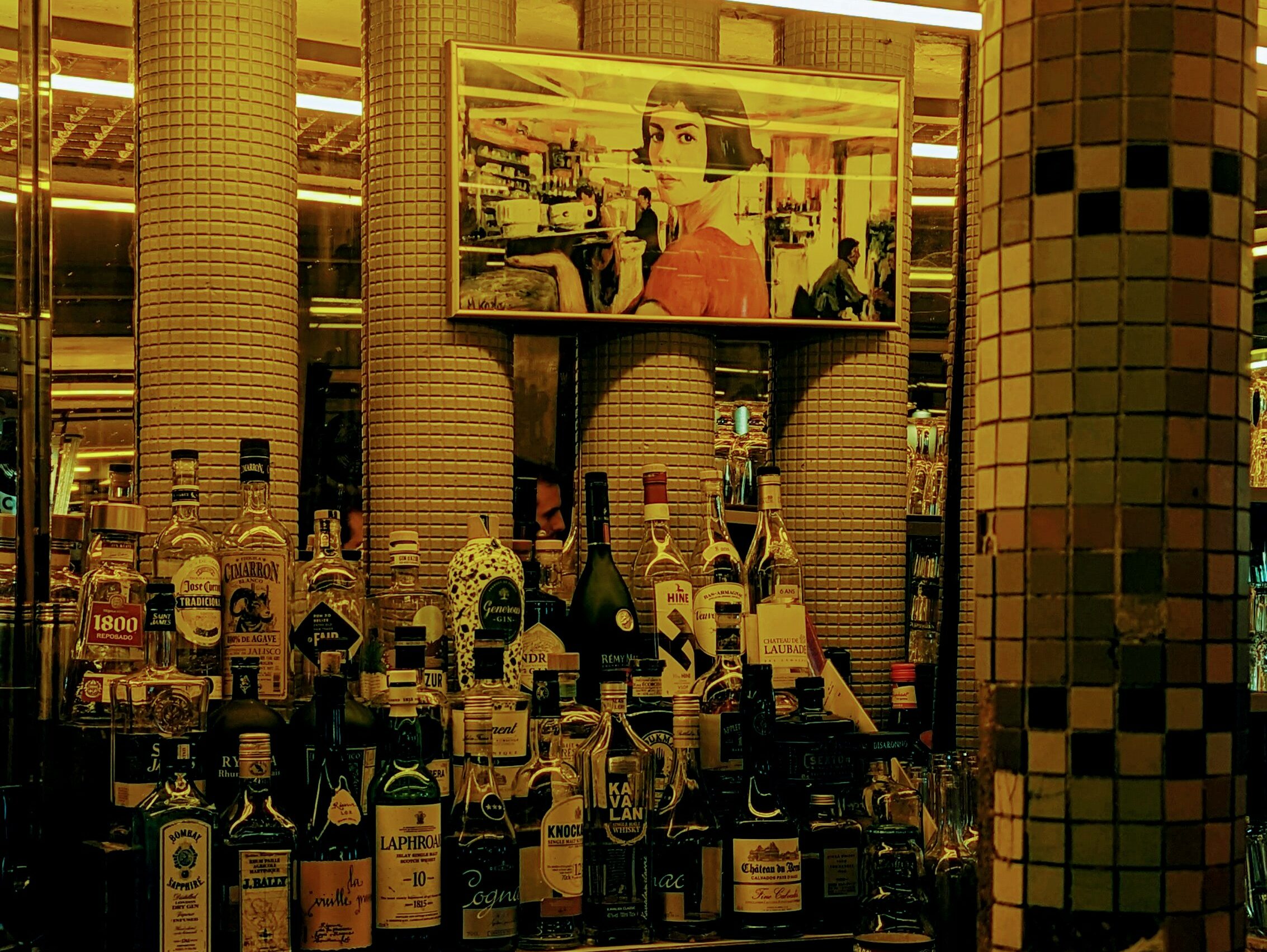
Despite some rougher neighborhoods in the northeast (which used to be the proud home of the colline de crack – crack mountain – before the junkies were pushed out of the city), the 18th is one of the most popular among those who know what’s good. Forget the tourist trap of Montmartre, the northwest is where it’s at. Heavily gentrified, the areas around the Lamarck-Caulaincourt and Jules Joffrin metro stations are among the most pleasant: lively but not overcrowded, close to major sites but not touristy, and full of independent businesses and incredible restaurants.
19th arrondissement
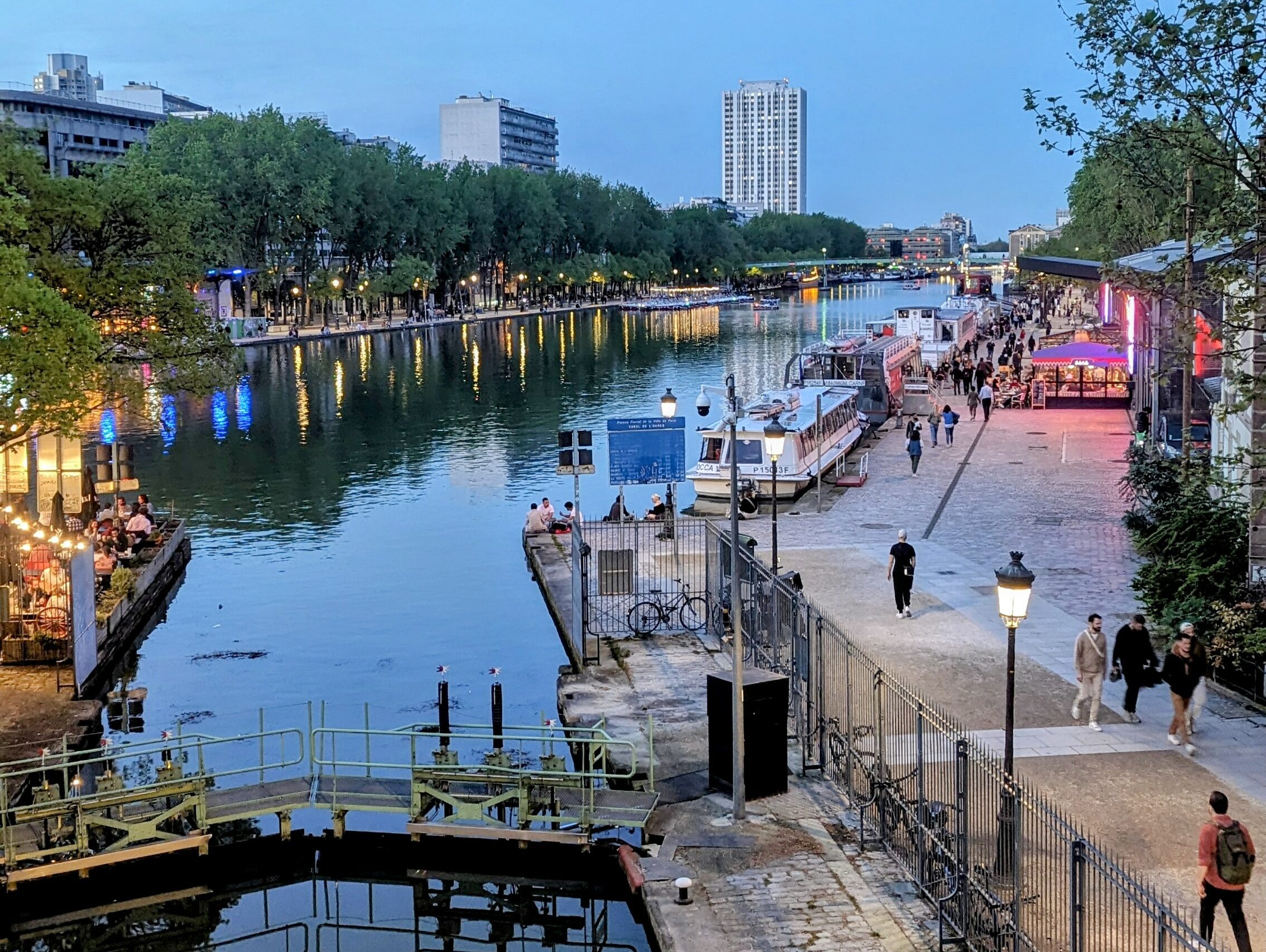
Hardly any tourists ever go to the 19th, which is perhaps why Parisians love it so much. Well, some Parisians; the leftist, the broke, or the artistic kind (coincidentally, these three often go together). With several parks, bike lanes, techno clubs, alternative art spaces, charming micro-neighborhoods, trendy restaurants, and fun bars, the deeply Parisian working-class and immigrant district has something for almost everyone, as long as they’re not looking for designer boutiques, luxury spas, or five-star hotels.
20th arrondissement
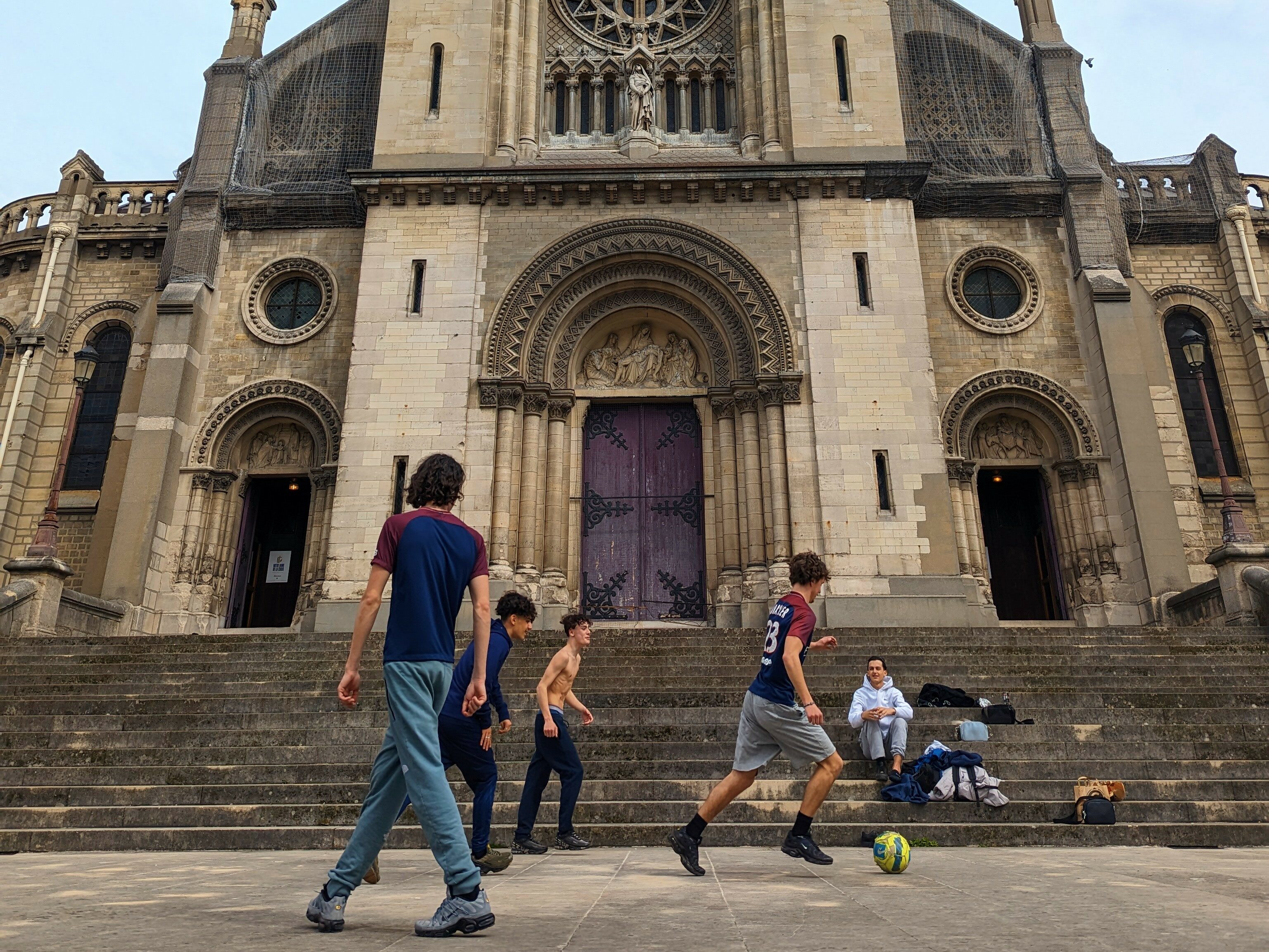
If you want the advantages of a city – a cultural melting pot, plenty of shops, semi-drinkable coffee, hot new restaurants and other places to go out – in a Paris of yesteryear’s village setting with the corresponding almost non-existent public transportation, the 20th arrondissement is the logical choice. Home to some of the best neighborhoods – Gambetta, Belleville, Ménilmontant – it’s often overlooked by foolish tourists who visit only, if at all, for the Père Lachaise cemetery. If you really want the French countryside feel, trot out to sleepy, idyllic Charonne – uncharted waters for just about everyone except those who live there.


